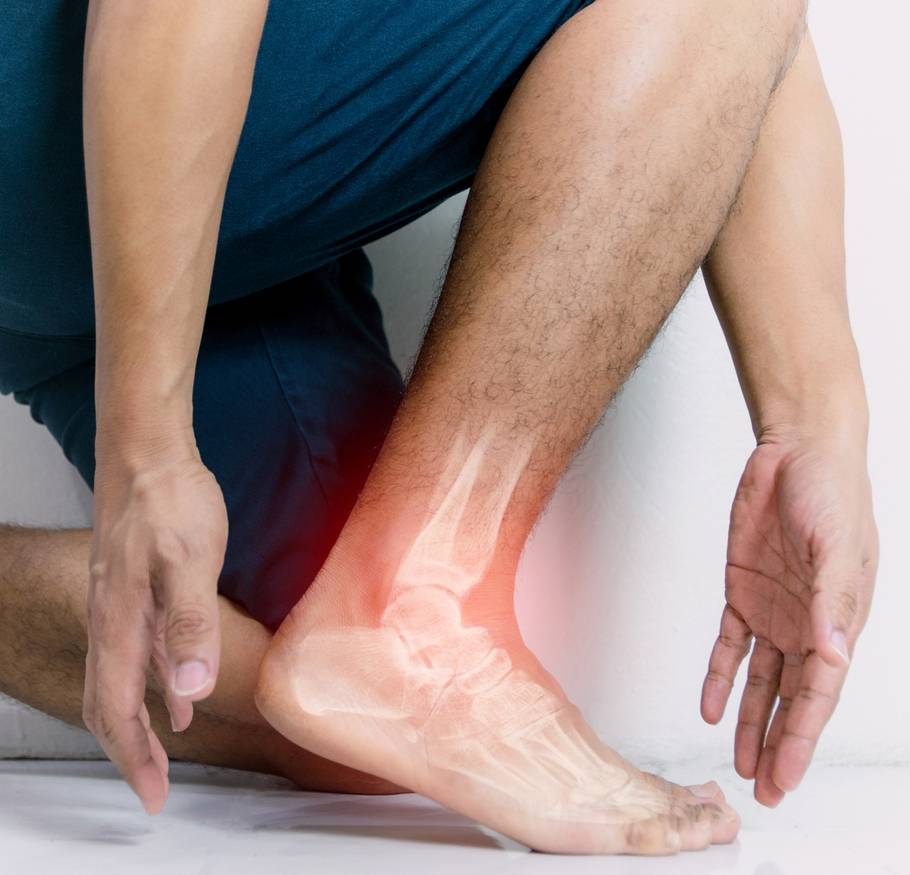What Is Hip Pain?
The hip joint can withstand repeated motion and a fair amount of wear and tear. This ball-and-socket joint fits together in a way that allows for fluid movement. Whenever you use the hip, a cushion of cartilage helps prevent friction as the hip bone moves in its socket.
Despite its durability, the hip joint isn't indestructible. With age and use, the cartilage can wear down or become damaged. Problems within the hip joint itself tend to result in pain on the inside of your hip or your groin. Hip pain on the outside of your hip, upper thigh or outer buttock is usually caused by problems with muscles, ligaments, tendons and other soft tissues that surround your hip joint.
Hip pain can sometimes be caused by diseases and conditions in other areas of your body, such as your lower back. This type of pain is called referred pain.

What Causes Hip Pain?
Many conditions and injuries throughout your life can cause hip pain. Some common hip pain causes can include:
- Arthritis: Several types of arthritis affect the hips, including osteoarthritis, rheumatoid arthritis, and ankylosing spondylitis. Hip arthritis is common. It causes joint pain and swelling.
- Injuries: Overuse or trauma can damage your muscles, bones, tendons and ligaments. Athletes who perform repetitive motions are particularly prone to overuse injuries. Older people are more likely to break a hip because bones become more fragile as we age. Some of the kinds of hip injuries you can experience could include dislocated hip, labral tears, hip strains, fractures, and snapping hip syndrome.
- Bursitis: Bursae provide cushioning for our joints. These are sacs, filled with fluid that is located inside of the hip. These bursa sacs can become irritated and swollen from injury, overuse, or arthritis. When this happens, a painful condition called bursitis can develop.
How To Relieve Hip Pain?
Treatment for hip pain typically depends on how much pain you're in and what is causing your discomfort. Steps you can do to lessen hip pain include:
- Try to avoid activities that make the pain worse.
- Take over-the-counter pain medicines, such as ibuprofen or acetaminophen.
- Sleep on the side of your body that does not have pain. Put a pillow between your legs.
- Try not to stand for long periods. If you must stand, do so on a soft, cushioned surface. Stand with an equal amount of weight on each leg.
- Always warm up before exercising and cool down afterward. Stretch your quadriceps and hamstrings.
- Avoid running straight down hills. Walk down instead. Swim instead of running or biking.
- Try orthotics inserts or comfortable arch support shoes with a cushioned sole, a wide toe box and a deep heel cup.
Doctors can usually repair tendons and labrum tears with minimally invasive surgery if necessary. More serious hip conditions may require a total hip replacement.

Recommended Shoes For
Hip Pain
WALKHERO’s line of shoes for hip pain helps you spring into action with shock-absorbing and Foot-Care™ technology that cups your heel and allows it to dynamically flex with each step. They’re made to become “one” with your foot, as the straps secure your feet in for effortless movement. The EVA-foam midsole comforts and supports a lacking arch with superior padding too. Whether or not your hip cause you pain, we can all agree that wearing the right shoes is vital.




